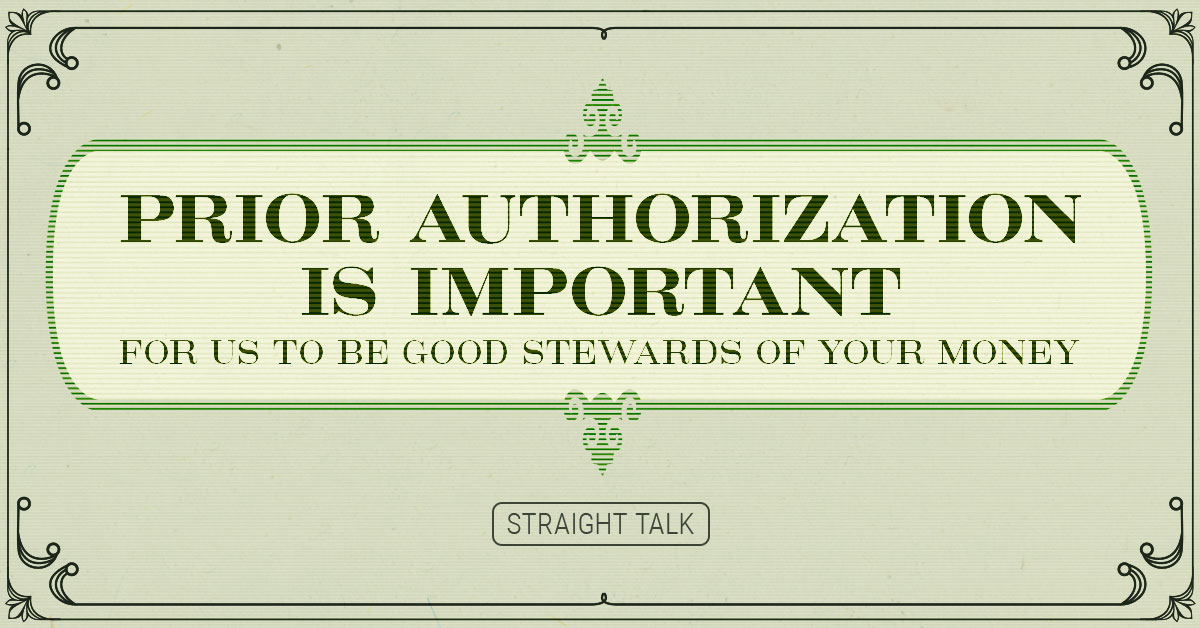Legislation, both state and federal, has a unique way of imposing rather artificial life transitions on us. When I turned 15 years old in the mid-70s, I was immediately eligible (after taking a VERY simple test and paying $5) to drive a car, alone, anywhere I wanted to go. No auto insurance was required, by the way. At my 18th birthday, I was legally able to join the military, vote, and buy and drink alcohol. I was dubbed by society at that point a fully featured “adult.” In the 70s.
Some of these have changed a bit since then, right? Most kids don’t get “full” driver’s licenses until they are 17 nowadays. The federal government pressured states years ago to move the drinking age to 21 years old, and that’s mostly done. You can still vote at 18 and, of course, join the military at 18 as well. All of these transitions were created by state and federal legislators in response to the will of (at least some of) the people.
Turning 26 is now a milestone
The Affordable Care Act also created some interesting new transition points in its 2,800 pages of new law.
A big one – employers who offer coverage for their employees’ dependents are required to keep that offer in place until those dependents turn 26 years old.
I get a LOT of questions about that one. “Well, Mike, I’ve got kids about to turn 26, and they’re going to age off my coverage! What do I do now?”
GREAT question. Let’s explore. First, please DO NOT consider letting your 26-year-old go uninsured! Take it from me – I was a cancer patient at 22 years old. NO ONE is invincible. Not only that, but a sick child can put mom and dad’s retirement at risk in a hurry. Current prices for medical services for even the simplest of accidents or injuries could make going uninsured a terrible decision. Cash prices for doctor visits, surgery and rehab for relatively common things like an ACL tear can be around $50,000, for example. I sure wouldn’t wish that on anyone!
Losing mom or dad’s coverage is a triggering event that allows your adult child to enroll in any of the health plan options below.
Option 1: Medicaid Expansion
To keep your newly minted 26-year-old covered, if you live in an expansion state like Louisiana, then be sure to consider the Medicaid expansion. Anyone who earns 138% of the Federal Poverty Limit (FPL) or less, is eligible for Medicaid (read: free health insurance with no copays or deductibles). For a single person, that works out to about $17,236 a year in modified adjusted gross income (or less).
Option 2: Employer or School Coverage
If your 26-year-old has access to health insurance through his/her own job, that would be a strong second option, as employers will typically fund between 50 and 80% of the cost of their employees’ health insurance coverage. Plus, employees get to pay their share with pre-tax dollars. Assuming your 26-year-old makes too much money for Medicaid, employer coverage is a strong second option.
If your 26-year-old is still in school, check whether that college or university offers a student health plan. These will vary from school to school in coverage, rates and terms, but they are worth exploring.
Option 3: Private Individual Coverage
If your son or daughter isn’t offered coverage through an employer or school and makes more than 138% of FPL, then you need to consider enrolling in private individual coverage on healthcare.gov.
You hard-working, tax-paying moms and dads need to recognize that the U.S. government is pouring around $60 billion a year into helping people afford to buy the individual coverage sold on healthcare.gov. So, let’s see how your young adult child can qualify for some of this help.
Just for grins, I just went shopping on healthcare.gov and pretended to be a 26-year-old who makes $25,000 a year and lives here in the Baton Rouge market (that part wasn’t pretend!) That’s too much income for Medicaid.
But I do qualify, in this example, for $283 per month in Advanced Premium Tax Credits (a subsidy) because of my age and income. Here are the premium ranges that pretend 26-year-old me would pay after this credit for each metal level of plan available in my market:
Average Bronze Plan: Low of $5 a month; high of $74 per month.
Average Silver Plan: From $118 to $134 per month. (Since my pretend income is below 250% of FPL, additional discounts are available when purchasing a silver plan. You can see these cost-sharing reductions when you shop on healthcare.gov.)
Average Gold Plan: From $147 to $488 per month.
We also learned recently that there are roughly 38,000 people living in Louisiana right now with no health insurance who could get a bronze plan for $5 a month or LESS if they would just sign up! Free or “near free” health insurance. Anyone?
It’s worth noting that anyone “aging off” of a parent’s plan can buy a plan on healthcare.gov within 60 days of their birthdays, even outside of normal Open Enrollment Periods (which run from Nov. 1 through Dec. 15 each year). The discounted prices listed above are just a sample; discounts are actually available for single incomes up to nearly $50,000 a year, depending on the age of the applicant.
About Metal Levels
Health insurance is always a partnership agreement between the person buying the insurance and the company providing it. When you use healthcare services, there are different payment levels based on what service you are using.
Bronze plans are cheaper up front, but require you to spend more before the insurance kicks in. Silver plans are a bit more expensive, but provide more financial protection and lower cost sharing. Gold plans are a bit more expensive than silver, but tend to include many more doctors and medical service points, as well as lower cost sharing than either silver or bronze plans.
No matter which metal level you select, all the plans listed above cover around 40 different healthcare services and some generic medications, at no cost to the insured person. These $0 items can be found here and here. The point of all this is, your child is aging off of your plan at age 26, but there are several inexpensive options to continue coverage. And going uncovered is a TERRIBLE idea! Take it from me!
In Review
So, let’s review our options. If your child’s employer doesn’t offer coverage,and you child’s income is….
Below 138% of FPL: Medicaid is a zero-cost option. No premiums, no copays, no deductibles. In Louisiana, your child can sign up here. If he or she lives in another Medicaid-expansion state, check with that state’s department of health or social services. Note that your child can still sign up for Medicaid even if his/her employer offers healthcare coverage, as long as income is below 138% of FPL.
Between 139% of FPL and 250% of FPL: Your child can get a VERY low cost bronze or silver plan with a reduced deductible at healthcare.gov. Make sure they sign up within 60 days of losing your coverage. Within 30 days is even better!
Between 250% of FPL and 400% of FPL: They may still qualify for federal assistance with their premiums. Definitely give that a try at healthcare.gov!
What else?
Make too much money to qualify for Medicaid or tax credits? Employer doesn’t offer coverage?
Turns out insurance coverage for a 26-year-old, even with a high income, is not nearly as expensive as it is for older folks. For example, the same benchmark health policy that would cost me $998.23 a month as an adult in my 50s is $310.16 a month for someone who just turned 26 here in East Baton Rouge Parish.
Straight Talk is, this decision is best made as a partnership between the people just turning 26 and their parents or other people they trust. You all have options, employer coverage, Medicaid and healthcare.gov individual coverage. It can all be quite confusing, and I highly recommend you or your child connect with a licensed Louisiana health insurance agent to help you make the best choices. You can reach one by calling 1-800-821-2758.








Leave a Reply